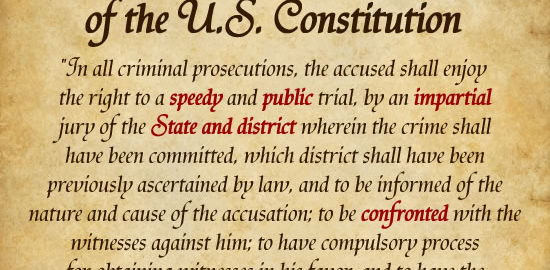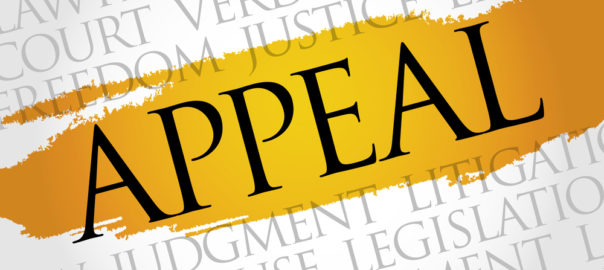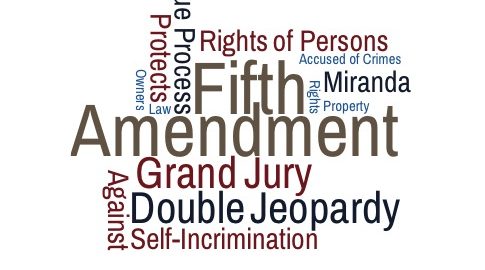United States v. Valente, 915 F.3d 916 (2d Cir. Feb. 15, 2019). The Second Circuit vacated the defendant’s 240- month term of imprisonment, affirmed the $8,616,113 restitution order, and remanded for resentencing, holding that the district court erred by assigning criminal history points for a sentence the defendant had not yet served, contrary to Application Note 2 to §4A1.2. Stating that the language of the application note was unambiguous, the court held that the district court’s error resulted in a higher guideline range, prejudicing the defendant, and required remand for resentencing using the correct guideline range.
Section 4A1.2(c) of the Sentencing Guidelines provides guidance for determining whether “prior sentences” are counted in an offender’s criminal history score. All felonies are counted. U.S.S.G. § 4A1.2(c). Certain prior misdemeanor convictions are not counted if they are listed under § 4A1.2(c)(1) or are similar to the listed offenses. But, an unlisted misdemeanor offense is counted if it is categorically more serious than a listed offense. United States v. Morales , 239 F.3d 113, 118 (2d Cir. 2000). In this context, “categorically more serious” does not mean that the unlisted offense is “within a category that is more serious than the [l]isted offenses” based solely on its underlying elements. Id. at 118 n.5. Rather, we “use[ ] the adverb [‘categorically’] in its ordinary sense to mean ‘without qualification or reservation.’ ” Id. (quoting Webster’s Third New International Dictionary (1993) (“categorically”) ). In determining whether an offense is categorically more serious than a listed offense, the court should use a common-sense approach that includes consideration of relevant factors such as (i) a comparison of punishments imposed for the listed and unlisted offenses, (ii) the perceived seriousness of the offense as indicated by the level of punishment; (iii) the elements of the offense, (iv) the level of culpability involved; and (v) the degree to which the commission of the offense indicates a likelihood of recurring criminal conduct.
U.S.S.G. § 4A1.2 cmt. n.12(A). The district court may also consider “any other factor the court reasonably finds relevant in comparing prior offenses and listed [o]ffenses.” United States v. Martinez-Santos , 184 F.3d 196, 206 (2d Cir. 1999). The misdemeanor interlock device offense is not listed in U.S.S.G. § 4A1.2(c)(1). United States v. Valente, 915 F.3d 916, 921 (2d Cir. 2019)


